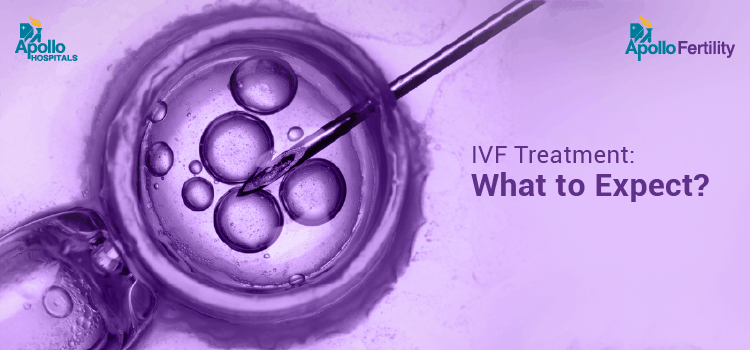At present, a majority of couples are resorting to ARTs or Artificial Reproductive Technologies for getting pregnant, in order to work something around the more persistent cases of infertility. While ARTs are increasingly getting adopted as the usual approaches for conception, it is IVF or In Vitro Fertilization that’s preferred to a greater extent, as compared to other strategies like Surrogacy and Egg donation. However, similar to any other ART, even IVF requires separate fusion of the sperm and egg i.e. outside the recipient’s body.
In the following sections, we would look at the IVF premise in detail besides detailing the most obvious effects of this procedure. It is always advisable to have some prior information regarding the procedure, before starting off with the same.
The Initial Phase
In Vitro Fertilization starts off with careful drug administration, a few weeks before the actual procedures begin. Hormonal contraception, therefore, comes across as a necessary step if IVF is to be followed; usual ovarian functionality of the body needs to be suppressed. The next set of steps includes adding fertility drugs to the regimen, in order to artificially stimulate increased egg production. Careful monitoring and frequent clinic visits are necessary during this period for the physician to understand the size of available ovarian eggs.
The Retrieval Period
Presuming that the eggs are now ready to be worked with, the retrieval process is carefully initiated. The female is usually sedated using anesthetics and surgical processes are conducted for removing the available eggs. In addition to that, the physician also conducts a process called follicular aspiration for extracting follicles from the left and right ovarian cavities. This process removes the existing blockages if any.
In terms of expectations, females undergoing egg retrieval process might feel some tenderness in the lower abdomen. However, the overall procedure is pretty safe to initiate.
Fusion
The next step involves fusing the ready eggs with the donor or partner sperm, in order to initiate fertilization. Initial phase pertaining to this step involves a division module which takes place over a period of few days, after which the fertilized entity is placed back into the gestational chamber.
This process is called Embryo Transfer and can be initiated as a minimally invasive procedure i.e. by placing a catheter in line with the cervical opening. In order to minimize the chances of multiple pregnancies, at present, a majority of IVF procedures are following the ‘single embryo transfer’ approach.
Women can expect this procedure to be painless and similar to PAP tests. No drugs are required for conducting the embryo transfer process.
Detection
While implantation and placement are important steps, the physicians must be wary of the detection worries as well. Certain kits are provided in order to detect the HCG hormone inside the body which starts getting released after a week or two, provided the subject is officially pregnant.
Final Words
No doubt, IVF is a pretty effective procedure for conception with decent success rates validating the same. However, individuals undergoing the same must also be prepared to fail as the chances range from 42% to even 12%, in case of older women. What needs to be understood is that financial intricacies can also creep in as IVF is a pretty expensive form of ART. Therefore, unless the couple is completely sure about going for IVF, other processes like IUI can also be looked at.
